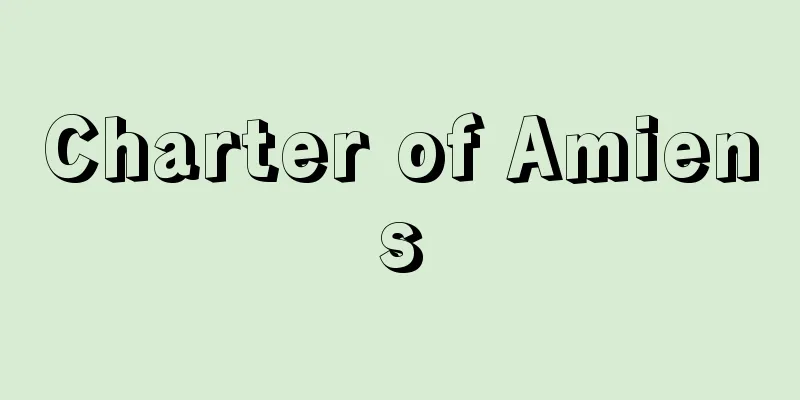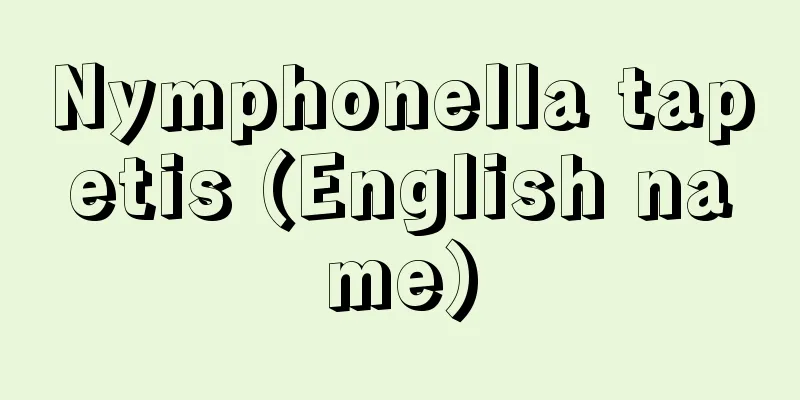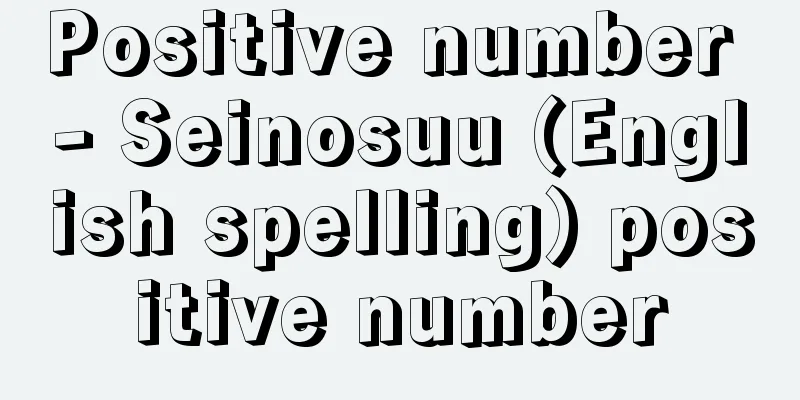Crescent moon

|
[1] [noun] ① The moon that appears on the night of the third day of each lunar month. The thin moon that appears around the third day of the month. New moon. Mayuzuki . Also, the thin moon that appears around the end or beginning of the lunar month. ※Man'yoshu (late 8th century) 6.994 “Otomo no Sukune Yakamochi's poem on the first moon: Looking up and looking at the young moon, I recall the frown of the person I saw at first sight . ” ※Inryoken Nikki - Entoku 2 (1490), January 3rd “ There was a light rain all day. Therefore the crescent moon was hidden by the clouds and could not be seen.” ② Specifically, the moon on the night of the third day of the eighth month of the lunar calendar. Season: Autumn ※Haiku poem, Yama no I (1648), Autumn "The crescent moon, morning, morning , morning sleep, evening ... ※Tokiwazu, Obimon Katsurakawasui (Ohan Choemon) (1796) "Oh, my dear crescent moon of the mansion, I have just seen a glimpse of some dirt on a towel in the evening." ⑦ A mask that makes the light of a paper candle appear in the shape of ①. [Manpo Hinjiki (1705)] ⑧ One of the Noh masks. A male mask that represents a vengeful spirit. It is used in the front shot of " Shari " and other plays, and the back shot of "Funabenkei," " Tamura ," and "Hanyu." It is also used as a replacement mask after divine dances such as "Takasago" and " Yumi Yawata ." ⑨ A common name for the gables in the shape of ① found on the eaves of the stern of large cargo ships from the early modern period, such as the Benzai- sen . [Illustrated Brief Description of the Hishigaki Kaisen Kanko Maru (1911)] [2] A tea leaf jar. A famous item. It is a type of Ruson jar, and is named after its seven large lumps and slightly tilted appearance. It was burned down during the Honnoji Incident. Source: The Selected Edition of the Japanese Language Dictionary About the Selected Edition of the Japanese Language Dictionary Information |
|
[1] 〘名〙① 陰暦で、毎月の第三日の夜に出る月。その月になって三日めごろに出る細い月。新月。眉月(まゆづき)。また、広く一般的に陰暦の月末と月初め頃に出る細い月。※万葉(8C後)六・九九四「大伴宿禰家持初月歌一首 振仰(ふりさ)けて若月(みかづき)見れば一目見し人の眉引(まよひき)思ほゆるかも」※蔭凉軒日録‐延徳二年(1490)正月三日「終日有二細雨一。以レ故三日月在二雲中一不レ見」② 特に、陰暦八月三日の夜の月。《季・秋》※俳諧・山の井(1648)秋「三日月やあさひるいねて宵まとひ」③ =みかづきがた(三日月形)※万葉(8C後)六・九九三「月立ちてただ三日月(みかづき)の眉根(まよね)掻き日(け)長く恋ひし君に逢へるかも」④ 女子の眉毛の異称。みかづきまゆ。※雑俳・川傍柳(1780‐83)一「三日月を二つこそげるおしい事」⑤ 「こづめ(小爪)②」のこと。⑥ 遊里で、遊女が最初にちょっと顔を出しただけで、それ以後まったく姿を見せないこと。また、その遊女。三日月女郎。※常磐津・帯文桂川水(お半長右衛門)(1796)「さまはさんやの三日月さまよ、宵にちらりと手拭にべにのついたを見たばかり」⑦ 紙燭(しそく)のあかりを、①の形に見せるもの。〔万宝鄙事記(1705)〕⑧ 能面の一つ。怨霊(おんりょう)を表わした男面。「舎利(しゃり)」などの前ジテ、「船弁慶(ふなべんけい)」「田村」「項羽」などの後ジテに用いられる。「高砂」「弓八幡(ゆみやわた)」などの神舞物の後に替面(かえめん)として用いられることもある。⑨ 弁才船など、近世の大型荷船の艫屋形の軒にある①の形をした破風(はふ)の俗称。〔菱垣廻船歓晃丸図解略説(1911)〕[2] 葉茶壺の一つ。大名物。呂宋(るそん)壺の類で、大瘤(ふく)れが七つあり、少し傾いた姿なので、この名がある。本能寺の変で焼失。
出典 精選版 日本国語大辞典精選版 日本国語大辞典について 情報 |
<<: Lunularia cruciata (L.) Dum.
>>: Crescent moon [town] - Mikazuki
Recommend
Tasmanians
The indigenous people of Tasmania, Australia. They...
Shushikou
A monk from the Three Kingdoms period in China. Da...
film society
…The Cercle du Cinema, founded by Henri Langlois ...
Position specificity
In organic chemical reactions, this refers to the ...
Pediococcus
...Therefore, when lactic acid bacteria are used ...
Sakurahime Azuma Text - Sakurahime Azuma Text
Kabuki script. Historical domestic drama. 7 acts....
Ba-tou-zhi; Pa-t`ou-chih
A premodern Chinese boss system. Also called the b...
Takuji Ohte
Poet. His early pen name was Yoshikawa Soichiro. ...
Key spear - Key spear
A type of spear with a key-shaped iron side handl...
Su Shi - Soshoku
A Chinese politician and man of letters from the ...
Detour - Ukairo
…Generally, it means a detour for a conduit or wa...
Electrodynamometer
…A device used to measure absolute current accord...
Anglo-Afghanistan War - Anglo-Afghanistan War
Three wars between Britain and Afghanistan (1838-4...
Hille, E.
…Generators are generally unbounded operators. In...
Giant Vacuole - Giant Vacuole
…Alveolar cysts are formed when adjacent alveoli ...





![Tatsuruhama [town] - Tatsuruhama](/upload/images/67cc22e8f133d.webp)



